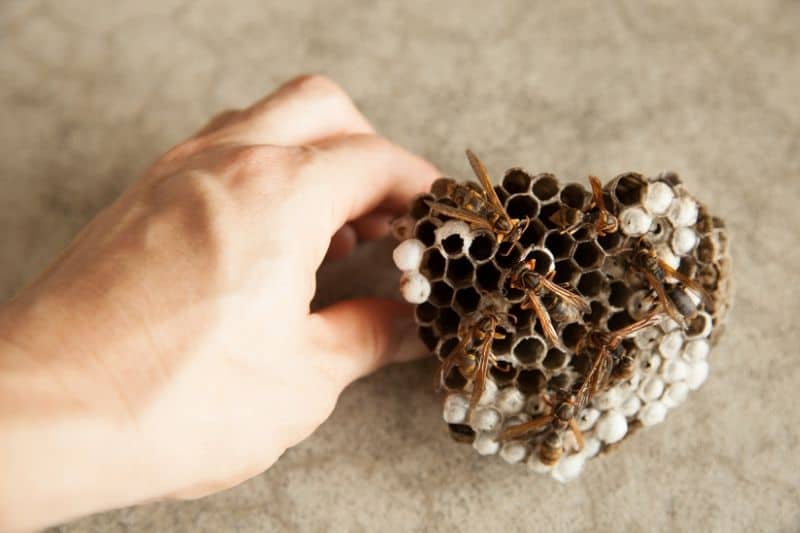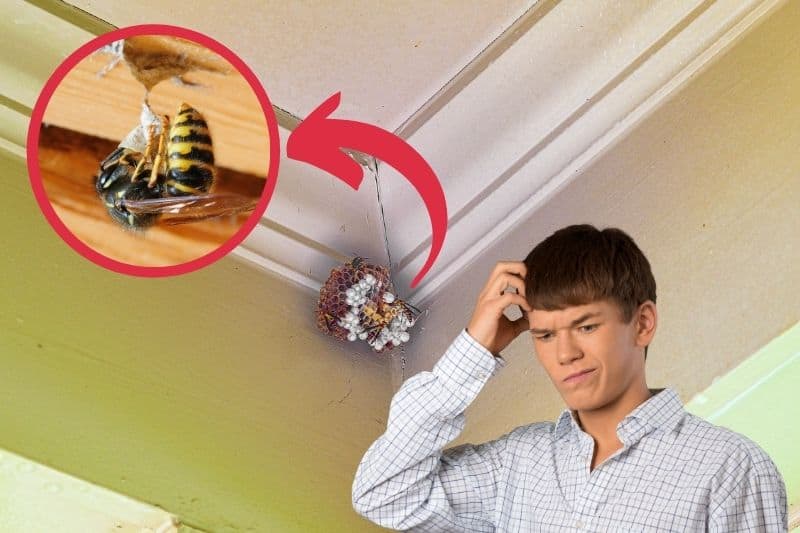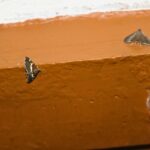Wasps are one of the most annoying and potentially dangerous types of insect going. Not only can they end up building huge nests on your property, but they tend to be aggressive by nature too.
Wasps will sting if they feel threatened or if they believe you are invading their territory, and worst of all, you rarely encounter a truly solitary wasp.
Why Do You Have Lethargic Wasps in the House?
There are a range of reasons that you might encounter lethargic wasps in your home, and in all these scenarios, it is likely that you have a nest nearby that you may have missed whilst it was active in the summer months.
It is assumed that wasps usually make their nests outside, however they are quite common in sheds, lofts, and other sturdy wooden spaces.
Wasps can build their nests in unexpected places as they can be shaped around or in between wooden beams and other obstacles.
Clearing the colony
If you’re finding an abundance of dead or dying wasps in your home, it is possible that the wasps are preparing for winter and clearing out the nest.
Dying wasps in this instance are quite often found around windows and walls where they have dropped from nests buried deep out of sight.
Lack of food
A lack of food is the reason that wasp nests die off in the winter months. During summer, nectar is a good source of food, and this disappears as the cold comes.
Adult wasps do also eat the sugary fluid produced by the larvae, and come the end of the season, the young have all grown up, so this food source disappears too.
Some larger nests can survive throughout winter, but only if they have an adequate food source.
Warm winters
If you’re finding one or two lethargic wasps, it is likely you have stumbled across queens that have come out of hibernation too early.
Queens should wake up when spring comes around, but if the weather is unexpectedly warm and they wake up early, they end up starving due to a lack of suitable food.

Dealing With Lethargic Wasps
One of the best ways to deal with a large number of lethargic wasps is to call a professional.
If you are always finding wasps on the floor throughout your home, it is likely that you have a nest somewhere that you just didn’t come across during the summer months.
If there are only a few, you may be able to deal with the problem with a trusty bottle of wasp spray and a hoover.

Lover of coffee, painting, and all things cute and fluffy. I’m always on the lookout for easier, more gentle ways to tackle awful household chores.






